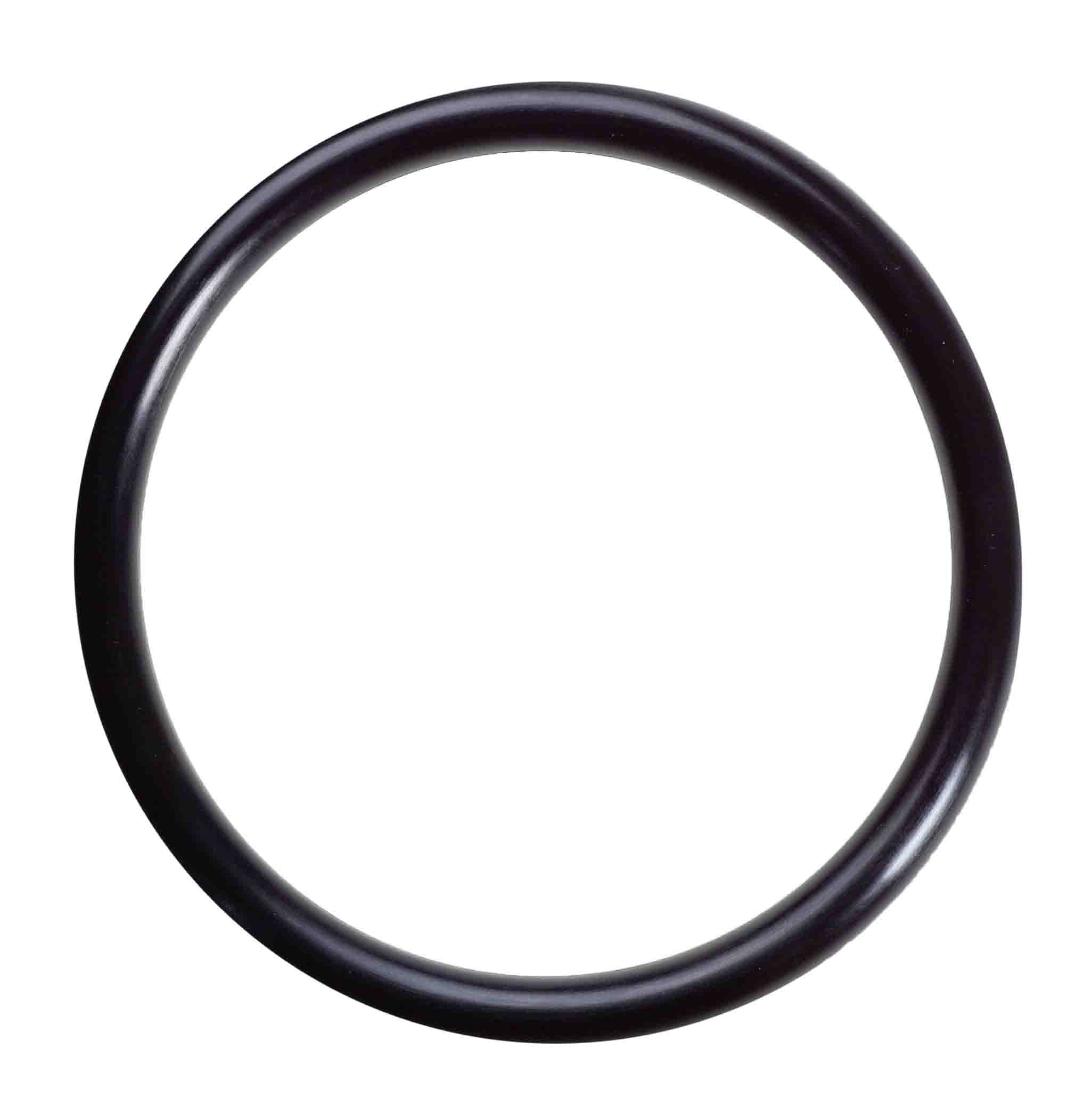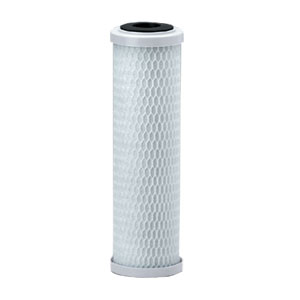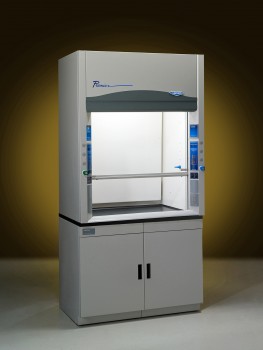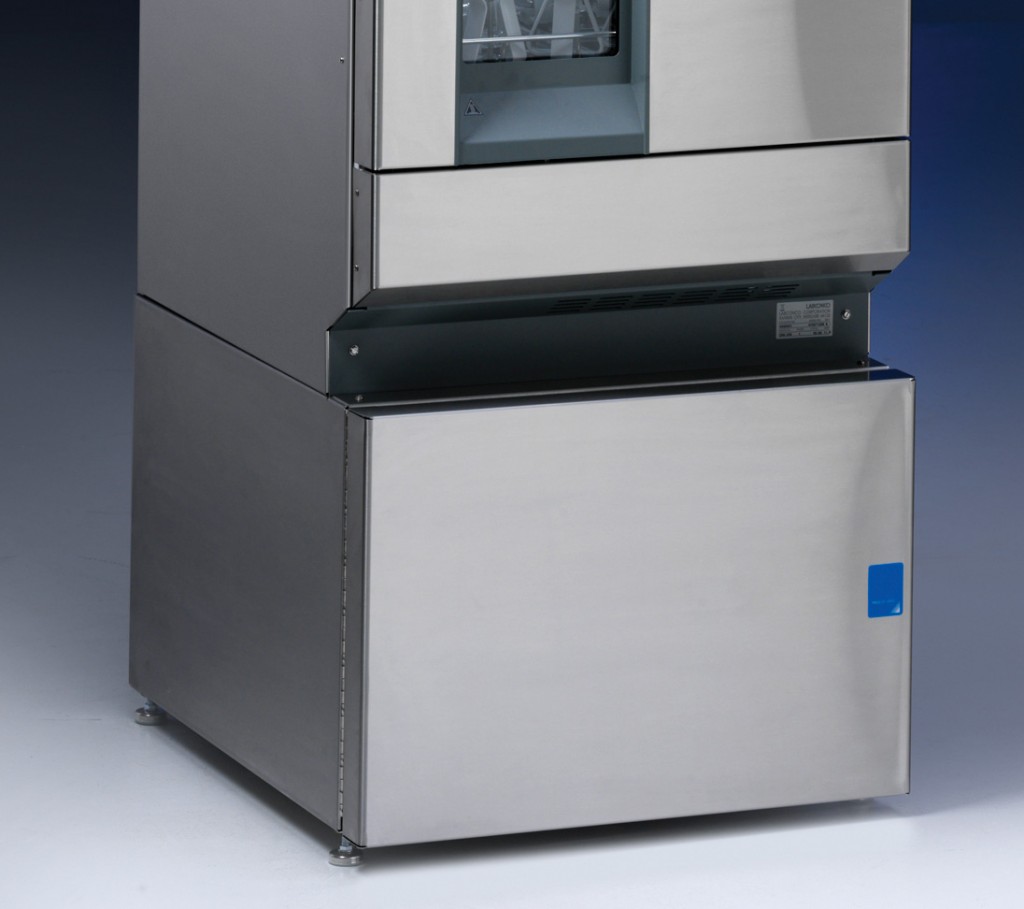|
Celebrating 35 years providing high quality products and advice.
|
| Our Local Time Is 4:12:07 PM. |
| Call us at 818-786-0600. We are here to help! |
Keep Food and Water Safe after a Natural Disaster or Power Outage
Food
Food may not be safe to eat during and after an emergency. Safe water for drinking, cooking, and personal hygiene includes bottled, boiled, or treated water. Your state or local health department can make specific recommendations for boiling or treating water in your area.
Identify and throw away food that may not be safe to eat.
Throw away food that may have come in contact with flood or storm water.
Throw away food that has an unusual odor, color, or texture.
Throw away perishable foods (including meat, poultry, fish, eggs and leftovers) that have been above 40 degrees Fahrenheit (F) for 2 hours or more.
Thawed food that contains ice crystals or is 40 degree F or below can be refrozen or cooked.
Throw away canned foods that are bulging, opened, or damaged.
Food containers with screw-caps, snap-lids, crimped caps (soda pop bottles), twist caps, flip tops, snap-open, and home canned foods should be discarded if they have come into contact with floodwater because they cannot be disinfected.
If cans have come in contact with floodwater or storm water, remove the labels, wash the cans, and dip them in a solution of 1 cup of bleach in 5 gallons of water. Relabel the cans with a marker.
Do not use contaminated water to wash dishes, brush your teeth, wash and prepare food, wash your hands, make ice, or make baby formula.
Store food safely.
While the power is out, keep the refrigerator and freezer doors closed as much as possible.
Add block ice or dry ice to your refrigerator if the electricity is expected to be off longer than 4 hours. Wear heavy gloves when handling ice.
Feeding Infants and Young Children
Breastfed infants should continue breastfeeding. For formula-fed infants, use ready-to-feed formula if possible. If using ready-to-feed formula is not possible, it is best to use bottled water to prepare powdered or concentrated formula. If bottled water is not available, use boiled water. Use treated water to prepare formula only if you do not have bottled or boiled water.
If you prepare formula with boiled water, let the formula cool sufficiently before giving it to an infant.
Clean feeding bottles and nipples with bottled, boiled, or treated water before each use.
Wash your hands before preparing formula and before feeding an infant. You can use alcohol-based hand sanitizer for washing your hands if the water supply is limited
Clean and sanitize food-contact surfaces.
CDC recommends discarding wooden cutting boards, baby bottle nipples, and pacifiers . These items cannot be properly sanitized if they have come into contact with contaminated flood waters. Clean and sanitize food-contact surfaces in a four-step process:
Wash with soap and warm , clean water.
Rinse with clean water.
Sanitize by immersing for 1 minute in a solution of 1 teaspoon of chlorine bleach (5.25%, unscented) per gallon of clean water.
Allow to air dry.
http://www.bt.cdc.gov/disasters/foodwater.asp
|
Images are representative of the products. Images may or may not be of the actual product. If it is important e-mail us for an actual image if available.
* Flat Rate UPS shipping when able to ship via UPS and is in the USA excluding Hawaii and Alaska.
Larger Items may not be able to ship via UPS, in that case freight charges will be quoted seperately.
International shipping will be quoted after the order is placed. You will have the opportunity to cancel before we finalize your order.
Terms and conditions
Credit Application
Privacy
Policy
List All Products
|











